Tree planted too high? What to do now...
scottyja
9 years ago
Featured Answer
Sort by:Oldest
Comments (17)
Embothrium
9 years agopoaky1
9 years agoRelated Professionals
Hershey Landscape Architects & Landscape Designers · Ilchester Landscape Architects & Landscape Designers · Elkridge Landscape Contractors · Hoffman Estates Landscape Contractors · Oak Harbor Landscape Contractors · Pleasanton Landscape Contractors · Vashon Landscape Contractors · Palos Heights Landscape Contractors · Cherry Hill Siding & Exteriors · Kenosha Siding & Exteriors · Wethersfield Siding & Exteriors · Lansing Siding & Exteriors · Fredericksburg Decks, Patios & Outdoor Enclosures · Leander Decks, Patios & Outdoor Enclosures · Salisbury Decks, Patios & Outdoor Enclosuresclaynation_il
9 years agoscottyja
9 years agoscottyja
9 years agoj0nd03
9 years agowisconsitom
9 years agoken_adrian Adrian MI cold Z5
9 years agoscottyja
9 years agoarktrees
9 years agoscottyja
9 years agoarktrees
9 years agoj0nd03
9 years agodrrich2
9 years agoj0nd03
9 years agoscottyja
9 years ago
Related Stories

PLANTING IDEASGreat Garden Combo: 5 High-Intensity Plants for High-Intensity Sun
Blend bold foliage and flowers to create a powerful combination that will hold its own even in the harsh light of midsummer
Full Story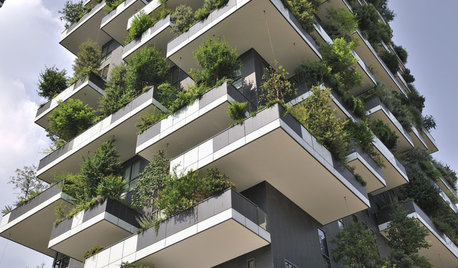
THE ART OF ARCHITECTUREWorld of Design: Trees Bring Nature to a High-Rise in Milan
Discover ‘the most beautiful and innovative skyscraper in the world’ — the foliage-filled Bosco Verticale — and tour one of its apartments
Full Story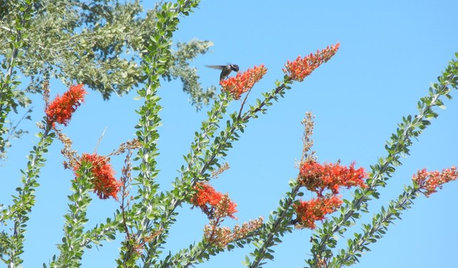
GARDENING FOR BUTTERFLIESGreat Design Plant: Ocotillo for High-Reaching Flair
Add a dramatic accent to a dry landscape with this striking desert plant silhouetted against the sky
Full Story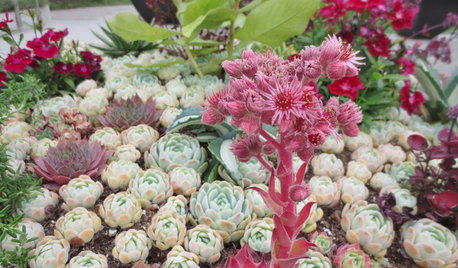
GARDENING GUIDESAlpine Plants: High Performers at Low Altitudes Too
So Heidi and the goats aren't your neighbors. Alpine plants can be lovely and low maintenance on difficult sites beyond the mountains
Full Story
GARDENING GUIDESPlant Black Cherry Trees for the Birds and Bees
Plant Prunus serotina in the Central and Eastern U.S. for spring flowers, interesting bark and beautiful fall color
Full Story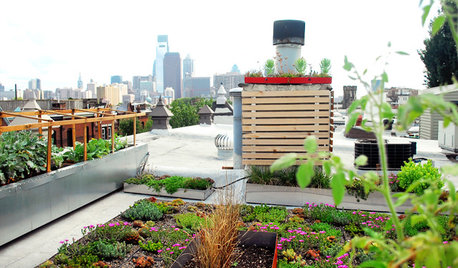
HOME INNOVATIONSNow Approaching the Emerald City
Urbanites are spraying moss graffiti on walls and covering roofs in plants — and city regulators and designers are supporting the cause
Full Story
ARBOR DAY8 Reasons to Plant a Great Tree
Beauty is its own reward, but the benefits of planting the right tree in the right place go way beyond looks
Full Story
GARDENING GUIDESWhen and How to Plant a Tree, and Why You Should
Trees add beauty while benefiting the environment. Learn the right way to plant one
Full Story
TREES7 Deer-Resistant Flowering Trees to Plant this Fall
If you live in a neighborhood with roaming deer, consider these beautiful trees that won't tempt hungry guests
Full Story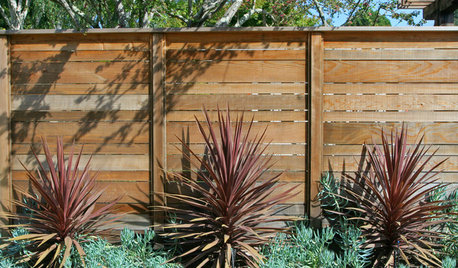
GARDENING GUIDESGreat Design Plant: Cabbage Tree
Happiest in plentiful sun, this tropical-looking tree gives a pool area or backyard landscape an exotic view all summer long
Full StoryMore Discussions






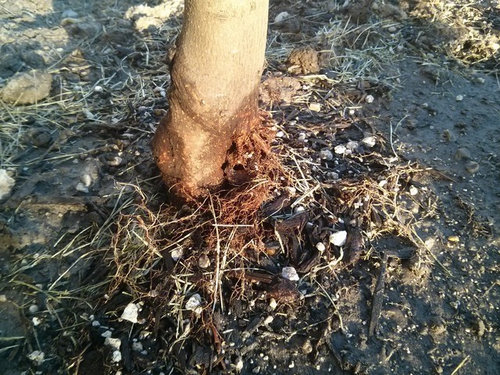
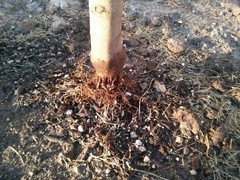
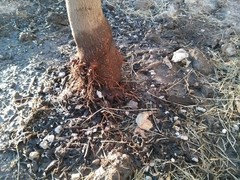
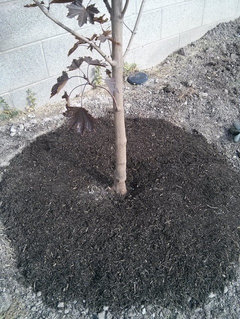


brandon7 TN_zone7